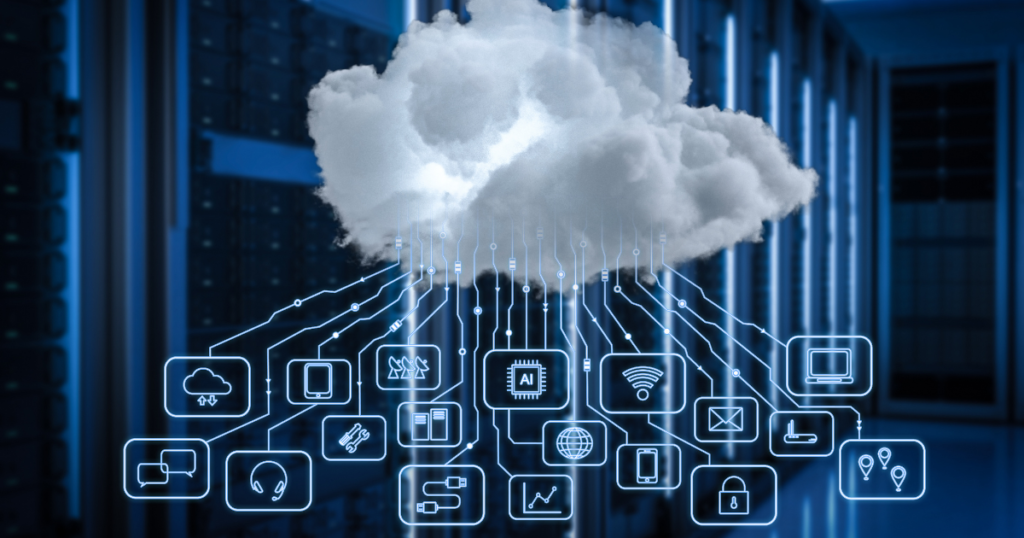Kiwis have acknowledged the need for greater investment in public infrastructure for some time – whether it be more roads or rail, utilities like electricity, or improving our ageing water infrastructure. And with Cyclone Gabrielle and other catastrophic weather events barely behind us (and, no doubt, ahead of us), the importance of resiliency in all our key infrastructure has been driven home especially hard.
The resiliency of our technology infrastructure deserves special attention. Modern technology provides huge opportunities to improve our responsiveness to disasters, and our ability to prepare and mitigate the impacts. However, research also shows a concerning lack of awareness around the need to invest in protecting that technology, leaving us at greater risk. Recent events are a lesson we can’t afford to ignore.
In the age of cloud, artificial intelligence and the Internet of Things (IoT), it makes sense to increase the resiliency of our services through investing in smart infrastructure. Already, as Microsoft’s third Cyber Signals report noted, businesses are fast adopting smart devices to automate processes and boost their efficiency. IDC estimates there will be 41.6 billion connected IoT devices globally by 2025, a growth rate higher than traditional IT equipment. With significant investments by Microsoft and others in hyperscale datacenter infrastructure, for the first time, New Zealand organisations will have the capacity to embrace smart technology on an unprecedented scale.
Think of smart sensors attached to power lines that can immediately signal the source of a power cut, and direct linesmen to it. Water valves that can switch on or off automatically to release pressure and divert stormwater in the event of flooding, blockages or damage along the pipeline. Or railway sensors that know when a section of track is wearing out and needs to be replaced, before it breaks. In any of these scenarios, smart infrastructure can also automatically remind agencies about regular maintenance requirements, so any elements nearing the end of their useful lives can be replaced in good time, without having to manually keep track of which of the many millions of components were installed when, and how long they’re expected to last.
These technologies aren’t foreign to New Zealand, but their adoption is still at an early stage. Given their potential to save money and improve safety – even to save lives – we need to see the pace of adoption dramatically increase. We have good examples to inspire us. Companies such as asBuilt are already using smart devices to monitor construction sites to improve worker safety, as well as enabling hospitals and enterprises like Fisher & Paykel Healthcare to maintain and maximise the use of their buildings effectively.
However, while this technology boosts our resiliency, that all falls down if we don’t ensure the smart infrastructure itself is protected. Although the security of IT equipment has strengthened in recent years, IoT and operational technology (OT) device security has not kept pace, and threat actors are exploiting these devices to create armies of bots that can be used to hack infrastructure, homes and businesses. There’s no sense in having top of the line security for the laptops your workers use at home, if your smart farm gate is wide open.
Which is why it’s concerning that New Zealand organisations are significantly behind their Australian counterparts when it comes to focusing on digital resiliency. According to the new report from IDC, Public Cloud Services Opportunities and Dividends to the Australian and New Zealand Economies, every single Australian organisation surveyed said investing in digital resiliency was either a very high or high priority for the next 12-18 months. Here in Aotearoa, on the other hand, 34 per cent of organisations said it wasn’t a priority, including seven per cent who hadn’t thought about it at all.
This may be a result of Australia’s greater maturity when it comes to harnessing public cloud, already having several hyperscale datacenter regions on-shore. However, the need for us to catch up, and fast, is clear. Organisations – public and private sector alike – who haven’t yet leveraged public cloud and its many baked-in security tools should do so as soon as possible. Gone are the days when the only way to ensure your operations were sealed tight was to keep all your IT and security on-premises. With every device now connected to the internet (hence the term, Internet of Things), a different approach is needed.
The advancement of cloud products such as Microsoft’s own Azure Sphere means that cloud-based IoT security technology can now be applied to individual IoT devices, from smart fridges to doorbells to industrial control networks. That in itself opens the market up to many more players in IoT, with benefits for the whole of society.
As we focus our attention on how to create a truly resilient New Zealand via the right infrastructure investments, harnessing public cloud in a way that enables us to leverage smart technologies safely and securely needs to be high on the agenda. It’s literally the smart way forward.

